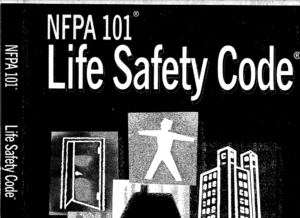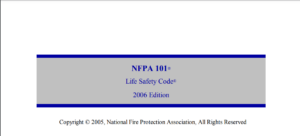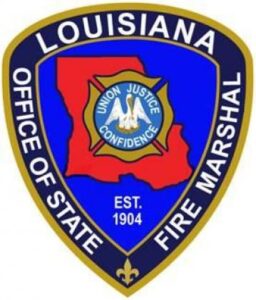The 2012 edition of the NFPA 101, Life Safety Code, represents a comprehensive set of regulations designed to enhance safety measures in various buildings and structures to protect lives from fire and related hazards. Approved by the National Fire Protection Association (NFPA), it builds on decades of evolving safety standards and practices.
Originally developed from early 20th-century standards that focused on exit strategies and building egress methods, the Life Safety Code has grown to address a wide range of fire safety issues, influenced significantly by tragic historical events that highlighted the need for stricter building safety norms. The code includes requirements for the construction and arrangement of exit facilities tailored for different types of buildings to enhance occupant safety during emergencies.
This version of the code saw substantial enhancements, including new chapters and amendments that reflect the latest in safety technology and knowledge. Noteworthy changes include updated regulations on the use of sprinklers in various facilities, measures for carbon monoxide detection, and the inclusion of performance-based options to allow for more flexible compliance strategies while maintaining safety integrity.
The Life Safety Code is divided into several sections that cover everything from general administration to specific requirements for different types of occupancies. Each chapter builds upon a foundation of general safety principles, applying them to detailed scenarios and building types. The code also integrates modern measurement units and adjusts provisions for evolving building practices and materials, ensuring that the standards remain relevant and effective in safeguarding human life in the face of fire-related dangers.






